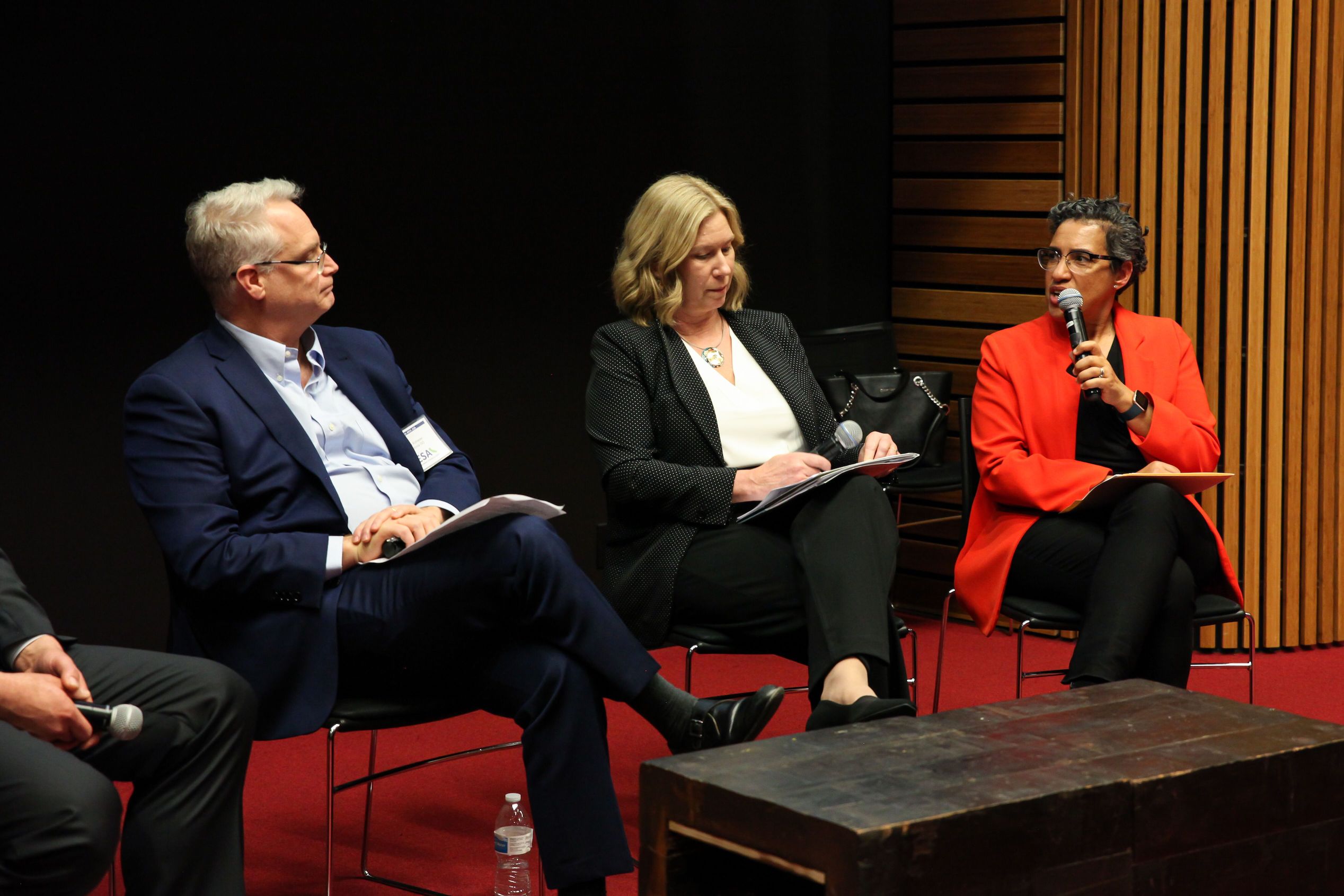California, the world’s fifth largest economy and a global innovation engine, is confronting ambitious clean energy and GHG reduction goals. California must achieve 60% renewable energy and 5 million electric vehicles on the road by 2030, and a fully decarbonised power sector by 2045.
Energy storage solutions will be required to support the state in its decarbonisation efforts for renewables integration, grid reliability, local area support, fire resiliency, microgrids, and more. Indeed, the state’s utility regulator, the California Public Utilities Commission (CPUC), modelled the need for at least 10,000MW of deployed energy storage over the next 10 years – a staggering amount.
Enjoy 12 months of exclusive analysis
- Regular insight and analysis of the industry’s biggest developments
- In-depth interviews with the industry’s leading figures
- Annual digital subscription to the PV Tech Power journal
- Discounts on Solar Media’s portfolio of events, in-person and virtual
With so much energy storage procurement coming, our relatively young industry is entering a new phase in its market development arc, moving from project development to long term operations. In February 2020, prior to the global response to the COVID-19 epidemic, the California Energy Storage Alliance (CESA) held its annual convening of CESA members, policy makers, regulators, environmental advocates, utilities and load serving entities, grid operators to take a headline view of the future, and specifically, “The Next 10 Years.”
What would the energy storage headline be for 2030?
Will it be: “California faces rolling blackouts and record prices as state flubs climate goals?” or “California Achieves 60% Carbon-Free Grid with 11,000+ MW of deployed energy storage and spurs economic boom”?
‘What you focus on is what you get’
As the industry matures over the next decade, CESA is striving for the latter, and there is a lot of work to do. Financing and contracting mechanisms will require certainty. Owners and operators will have to contend with and master vital functions including long-term operations, ongoing market participation, scheduling, maintenance. From a safety perspective, the state has work to do on streamlining the process for safe siting and permitting of these systems, as well as training first responders in how to deal with systems designed to hold very large quantities of energy.
At the convening, CESA identified a number of areas for improvement:
- Ensure industry members have access to the appropriate support services in order to ensure success, such as attorneys, financers, insurers, grid advisors, grid modelers, energy schedulers, price forecasters, supply chain advisors, and consultants, so that industry members and projects face high likelihoods of success
- Use planning tools to take timely actions and to make progress in best-fit, least-cost ways
- Continue to incubate and invest in emerging technologies and pilots for the ‘energy storage toolkit’ to ensure we have the useful and viable energy storage technologies for meeting the array of electric system needs
- Evolve energy and capacity market rules for the electric system to properly value and use energy storage and other new generation tools.
- Evolve rules and regulations for distributed energy storage and renewables to better enable ‘smart buildings’, cost management, and active grid participation and responsiveness
- Assign an economic value to resiliency so that DERs and microgrids that can support local critical infrastructure in the case of an accidental or planned power outage can be appropriately compensated.
- Give tools, such as a guidebook and training to permitting officials so clean energy solutions can be deployed in safe and seamless ways
- Meet early and often with first responders and safety officials to ensure safe outcomes and operations
A positive outcome of the convening was the recognition by many that much of this work is already underway.
For example, CESA routinely convenes industry members with resources, such as attorneys, consultants, and market participation experts in order to ensure project success. The state is also actively using planning tools, where timely or early ‘no-regrets’ actions can be considered. And California is already working on an energy storage “permitting best practices” handbook.
Planning for the future is hard, but at CESA we believe what you focus on is what you get. We are laser focused on how we can incorporate energy storage in building a model zero carbon grid of the future. We can confront these with incremental change and nit-picky infighting, or we can focus on big headline goals that we can achieve collaboratively and work our way backwards.

In the last couple of weeks, the world has changed quite a bit. CESA is proud of the energy storage community, especially the member companies that have stepped up and are dedicating their technical and manufacturing resources to combat the spread of the novel corona virus in California and beyond. As a membership-based organisation, CESA is working to keep its members informed of related market and policy updates and providing educational and virtual networking opportunities during this historical time.
Despite recent events, we are taking the long view, and ultimately shooting for this headline: “100% clean energy achieved in California with 40,000+ MW of energy storage, a blend of renewables, and a template for repeatable models.”
Cover Image: CESA Members Meet with Lawmakers at the California State Capitol, June 2019. The California Energy Storage Alliance (CESA) is a 501c(6) membership-based advocacy group committed to advancing the role of energy storage in the electric power sector through policy development, education, outreach, and research. CESA’s mission is to make energy storage a mainstream resource to advance a more affordable, efficient, reliable, safe and sustainable electric power system for all Californians. CESA is technology and business model-neutral and is supported solely by the contributions and coordinated activities of its members.

